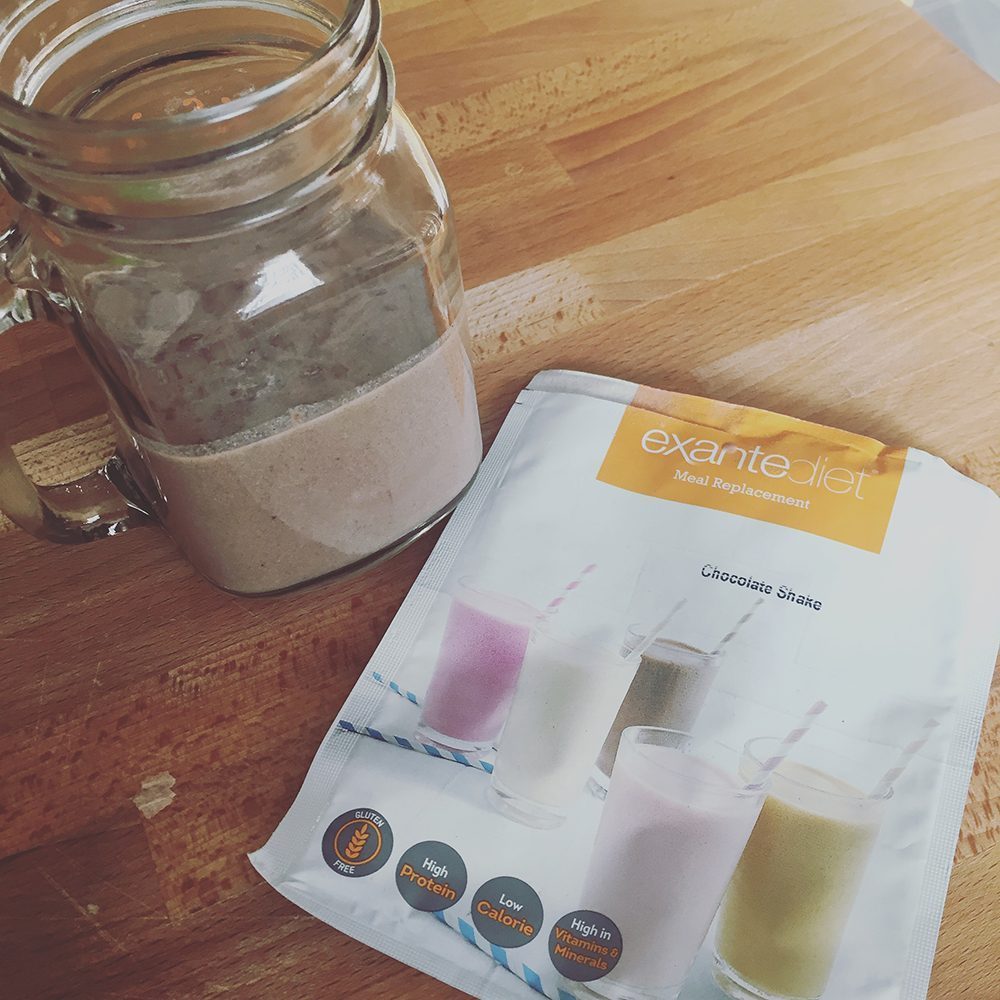
Fighting Fitness-related Aches and Pains
This is a collaborative post
Keeping fit gives you lots of benefits, helping you to stay healthy and happy, but it can come with some downsides too. Everyone has felt the aches and pains of the aftermath of a tough workout, and sometimes you can experience more than just muscle aches. When keeping fit leads to pain, it gets in the way of your fitness goals. It can make it tougher to reach your goals and sometimes bring you to a stop. But there are things that you can do to deal with the fitness-related aches and pains that come with exercising regularly. If you want to keep on exercising and keeping fit, take a look at these tips for pushing forwards.
Know What’s Normal and What Isn’t
Aching muscles are pretty normal after you’ve had a strenuous workout. Even professional athletes will feel the ache of having pushed their bodies the day after exercising hard. However, that doesn’t mean that all aches and pains that you feel during or after exercise are normal. If you’ve injured yourself, continuing to work out could make things worse. So how do you know what’s normal? Some muscle soreness is fairly usual, and it can even feel good to stretch. But sharp pain that makes it hard to move, swelling, bruising, or constant or worsening pain are all signs that you might have hurt yourself.
Practise Proper Form
One way to prevent fitness-related aches and pains after exercising is to ensure you’re doing it properly. If you’re not using the right form, whether you’re running or lifting weights, you could be straining something that doesn’t need to be strained. There are a few ways to get it right if you want to perfect your form. You can read about different techniques and watch videos of people showing you what to do. It can help to work out in front of a mirror or record yourself so that you can see what you’re doing. Having help from a personal trainer or someone else who can give you advice and even help you to move in the right way can get you on the right path too.
Prepare for Workouts
Warming up and stretching can really help you if you want to try and avoid aching muscles and joints after exercise. Stretching can help to prevent injury to your muscles and joints, so you’ll be less likely to pull a muscle or hurt yourself in any other way. Some gentle stretching before you start exercising for real helps you to stay flexible and boosts your circulation too. Stretching is also good to do after your workout, helping you to relax and cool down. There are some stretches that anyone can do before they exercise and some that might be helpful for you before a particular workout, such as going for a run.
Soothe Soreness
Some soreness after working out often can’t be avoided. Delayed onset muscle soreness (or DOMS) is when your muscles are sore after a workout, and it’s to be expected sometimes. When you are feeling sore, having the right solutions to soothe your pain can help you get back on your feet again. Sometimes you might find that painkillers help, but you might not need to take anything. Some people find that CBD oil is helpful for pain and healing. You might find some topical treatments useful for aching muscles, including ibuprofen gel. You can also find it soothing to have a warm bath or shower.
Keep Moving
When you have aching muscles or even when you have injured yourself, not moving at all might seem like a good idea. However, it could make you feel worse, as your muscles and other tissue seizes up. It’s important to keep moving as much as you can so that you maintain the movement and flexibility in your body. If you’ve sprained your ankle, for example, putting your foot up to rest is important too, but not for too long.
Rest When You Need To
Taking a break is sometimes the best solution if you’re experiencing pain from keeping fit. There are times when it’s not a good idea to keep pushing yourself because you could end up causing yourself an injury. Too much exercise could mean you’re not giving your body enough time to recover too, so be careful not to overdo it when you plan your workouts.
Some aches are to be expected when you exercise, but you should pay attention to any pain that you feel too. Sometimes you need to stop and assess before you continue.
Do you ever get fitness-related aches?





